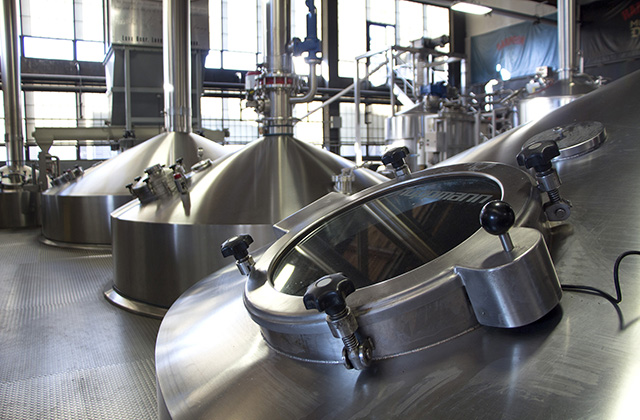
A brewery making hard cider to complement its roster of beer brands can be a way to be inviting to non-beer consumers into the fold of craft beverages along with being a possible door to the flavors beer can bring. It can also be a way to further be innovative for breweries while also being a nice chunk of sales.
It’s been a decade since Dan Kenary and Harpoon Brewery began its hard cider product and as Kenary traversed the streets of Boston in late January and spoke with Brewer, he admitted that the brewery doesn’t treat its cider brand too well.
Yet.
“I don’t want to say it’s been a stepchild,” he said, “beer is our focus and always has been and always will be, but we make the cider and are proud of it, but it is down on our priority list. It doesn’t get the nurturing and support that it should since it’s a hell of a good product.
“We had those conversations [about rebranding cider] on and off for several years and it’s something we continue to talk about and I wouldn’t be surprised if at some point we do that. We just have no final decision on it yet.”
Sales for both Harpoon’s cider is in the single digits of overall revenue. The same goes for Michigan’s Short’s Brewing, which produces and distributes ciders under its Starcut Cider sublabel.
Tony Hanson, who is the cider maker for the brand, started in cider before becoming a brewer for Shorts. With Northern Michigan being much like New England with a variety of apples readily available, finding local orchards to source the apple juice from help fuel creative juices.
“We have been able to expand our creativity not only through the creation of cider recipes, but with the names and images on the packaging,” Hanson said. “Although we named and “branded” Starcut Cider separately from Short’s Brewing, I believe people are more interested in trying Starcut when they learn that the people behind Short’s are behind Starcut. Having an established relationship with our distributor and a proven track record of quality certainly helped get Starcut placements in the market.”
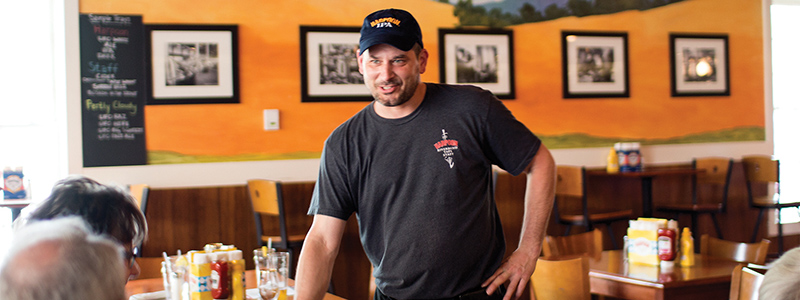
Kenary agrees that name recognition can help with initial sales to retail and other accounts.
“Having those relationships, our sales person could go to an account and they could trust you and the product it’s definitely easier,’ he said. “But with the consumer that helped too. Over time though that can go the other way, some consumers may question why they are buying a cider from a brewery. And I think as time has gone on, that has become an issue [for us].
“We are really bullish on it. We love the category and we could probably benefit from giving its own identity.”
The only extra cost and effort for many breweries that dip into the cider world is getting the license and paperwork taken care of. After that, researching apple juice suppliers is a key.
“We were all set with existing staff, capacity and equipment, so we were ready to make cider immediately after the license came through,” Hanson said.
For Kenary, after finding the juice supplier the brewery has stuck to the same supplier for a decade now.
“It’s incredibly important to get the right guy,” Kenary said. “The best relationships are on a handshake where you can trust someone. It’s not in our DNA to talk to orchards, so having a guy that can get the apples for us is crucial. It’s like hops, if you don’t have a good people helping you in raw materials, you are going to be in trouble.”
The first few batches of cider put out from Harpoon needed to be dialed in. Kenary noted that the apples a brewery gets in October are going to be different than in May.
“There can be some variations in product, but it’s all about brix and being able to be consistent in that,” he said. “So you can play around. Early on, making cider we could tell the difference. But we learned an awful lot as we were making it.”
As breweries have been more open to hard ciders, that also has opened up the cidering possibilities for pure cideries, like Two Town Ciderhouse in Corvallis, Oregon.
“Having more people out there who understand and appreciate authentic craft beer helps out craft cideries as well,” said Lee Larsen, the CEO and founder of Two Towns. “While the process of making beer and cider are very different, people can relate to the care for quality and authenticity of the two products.”
Larsen added that consumers who are into craft beer are typically excited to try new products and experiment with new ingredients, which creates a lot more interest in markets like cider.
“The opening of more and more craft breweries really helps create interest around all craft beverages,” he said.
Kenary said that although Harpoon hasn’t done the market research, there is some overlap in consumers who drink both craft beer and craft cider.
“There is always cider drinkers that don’t drink beer, the gluten free folks or people with Celiacs are in that category,” he said. “But women drink more cider per capita than men do. So you get more of that audience.
“We can only serve in the beer halls what we make our self. You do get people that say “I love beer, but my wife doesn’t. What else do you have?” And the only other alcoholic drink we have there is cider. So you do get some people that haven’t drank cider before or have tried it in the past and didn’t like it because it was too sweet, but they like what we have because it’s really really good. They might be a cocktail drinker and never had the clean and crisp cider before.”



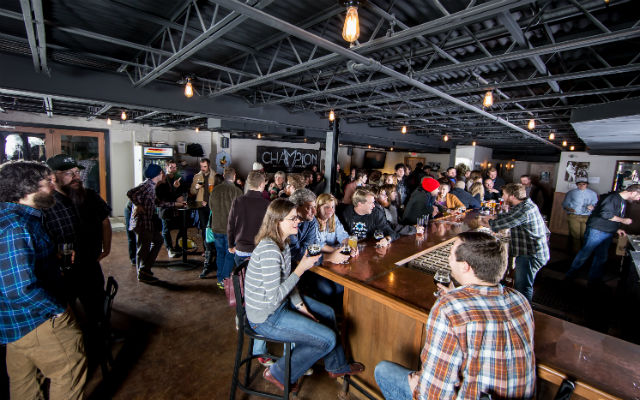
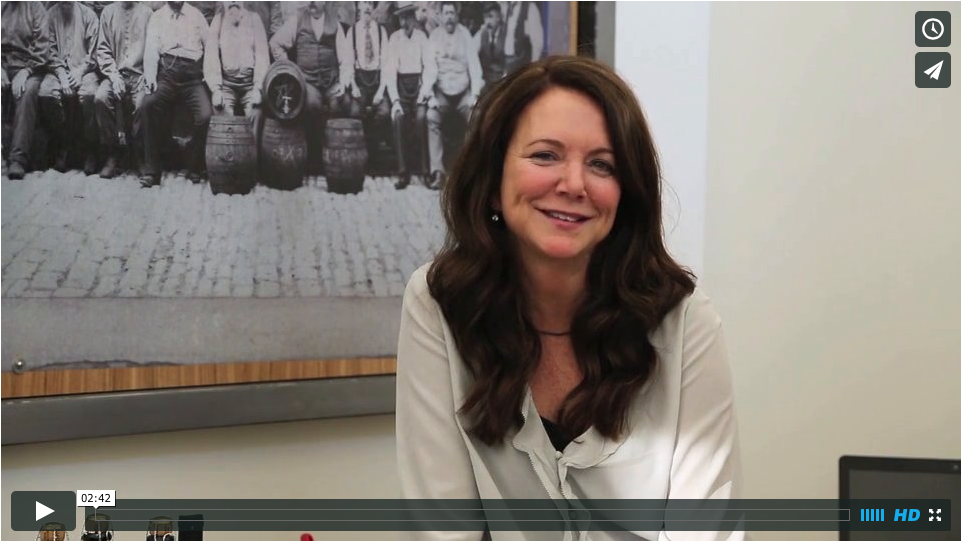
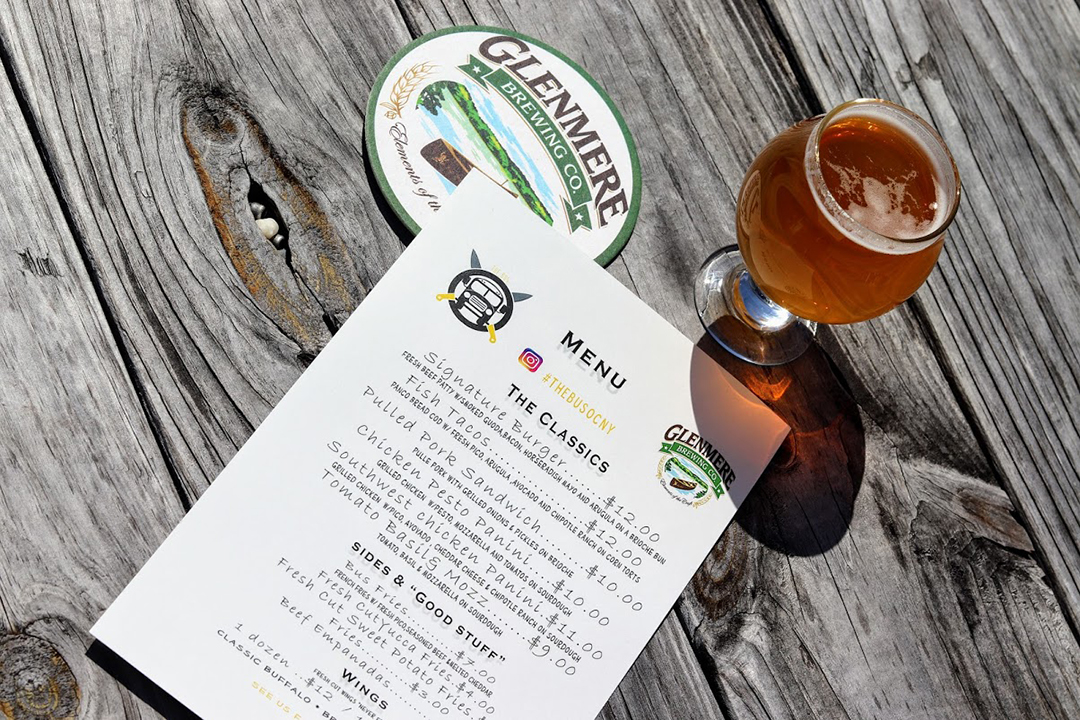
1 Trackback / Pingback